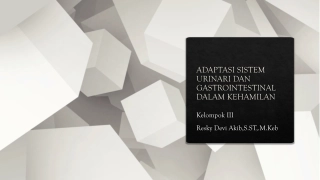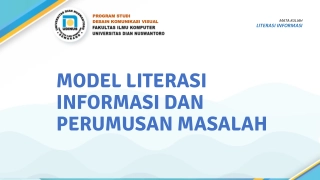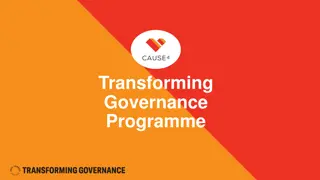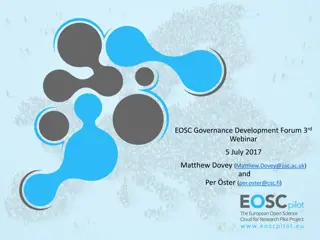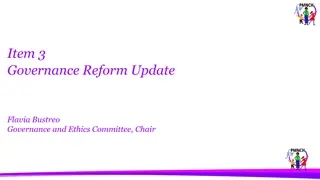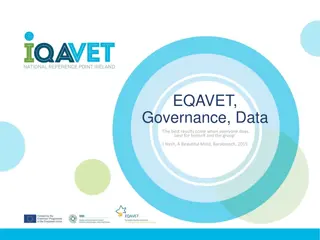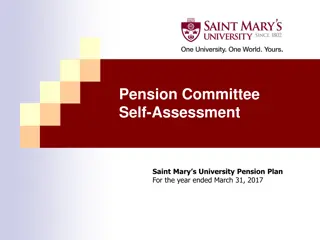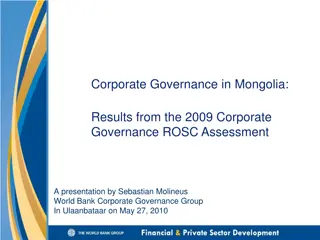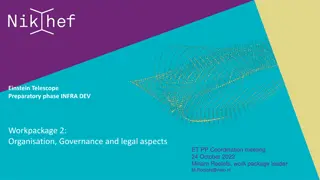
Civilian Oversight and Governance in First Nations Police Reform
Explore the importance of civilian oversight and governance in the changing landscape of First Nations policing, with a focus on models of peacekeeping, police reform calls, and the role of Police Commissions in ensuring responsive and culturally sensitive policing services. Understand the distinction between governance and oversight, and the key responsibilities of Boards in providing strategic leadership while maintaining independence from day-to-day operations.
Download Presentation

Please find below an Image/Link to download the presentation.
The content on the website is provided AS IS for your information and personal use only. It may not be sold, licensed, or shared on other websites without obtaining consent from the author. If you encounter any issues during the download, it is possible that the publisher has removed the file from their server.
You are allowed to download the files provided on this website for personal or commercial use, subject to the condition that they are used lawfully. All files are the property of their respective owners.
The content on the website is provided AS IS for your information and personal use only. It may not be sold, licensed, or shared on other websites without obtaining consent from the author.
E N D
Presentation Transcript
FN POLICE GOVERNANCE IN A CHANGING ENVIRONMENT THE NEED FOR CIVILIAN OVERSIGHT AND GOVERNANCE IN THE FIRST NATIONS WHERE THERE ARTE MANY DIFFERENT MODELS OF PEACEKEEPING INCLUDING SELF-ADMINISTERED AND CTA S CALLS FOR POLICE REFORM AND FIRST NATIONS POLICING
Police Commission members ensure that DOPS is responsive to the culture, priorities and needs of the Participating Communities and it guides DOPS to ensure that a proper level of policing services is delivered. The members also ensure that the police service is free from inappropriate political influence. This ensures the participating communities priorities, issues and concerns of the participating communities, related to public safety and policing are identified and progress is monitored. - Police Commission of the Dakota Ojibway
BOARD ORIENTATION FHFNPS BOARD OF POLICE COMMISSIONERS 2020
FHFNPS BOARD OF POLICE COMMISSIONERS PROVIDING INDEPENDENT CIVILIAN OVERSIGHT, GOVERNANCE, AND STRATEGIC LEADERSHIP IN A CULTURALLY SENSITIVE MANNER, REFLECTING THE NEEDS, VALUES AND ASPIRATIONS OF THE FILE HILLS FIRST NATIONS BACKGROUND Board s authority derived from SK Police Act 1990 and Board Terms of Reference One appointee from each of the File Hills First Nations Term is for 3 years ith opportunity for renewal Board is the employer of uniformed and civilian staff Over sight Board policy, strategy, direction not operational decisions Incorporated body: insulated from political decision-making process Funding from Canada and Saskacthewan through Policing Agreement
Governance: Mostly a Forward Function Controlling and directing the development of policy as the vehicle for directing and influencing the decisions of the organization. Oversight: Mostly retrospective Function Ensuring the legislated functions of the police service are carried out by the organization.
OVERSIGHT VS. OPERATIONS Noses in, Fingers Out The Board is in place to own the organization on behalf of the communities. Corporate Boards are not employers but Police Boards are employers of all sworn and civilian staff. The Key role of the Board is Governance and oversight through asking questions, obtaining information, and developing policy-Board members cannot directly interfere with day to day operations. For example: the Board cannot instrucy the Chief of Police to deploy a certain amount of members to a certain community with a higher rate of crime. However, they should ask questions to obtain the information as to why resources are being used in a certain way.
Tools of Governance Sets Direction Creates Policies Sets Goals Gives Feedback Monitors Performance Listens to the Community Secures Key Personnel
KEY RESPONSIBILITIES OF THE BOARD Hires/Evaluates the Chief of Police and fosters strong leadership Oversees budget preparation and spending Approves major FHFNPS policies Advocates for changes to improve policing Processes complaints about services or policies Promotes effective succession planning within FHFNPS Provides leadership on major issues affecting community safety Facilitates bridge between FHFNPS and the communities Collaboratively helps to set strategic direction and priorities
HISTORICAL AND EMERGING ISSUES Calls not related to crime; quantitative and qualitative measurement of effectiveness of FHFNPS Employee wellness: programs, costs, effectiveness Core service and an aging work force Address upstream drivers in communites: addiction. Mental health and working with community agencies How to engage in more prevention and how to measure effectiveness Regional policing at Agencies (Qu Appelle, TATC, Crooked Lake, Pelly) or Treaty 4-wide; recruitment and retention Measure FHFNPS effectiveness and community perceptions How can the Board make a diffierence?
What are the Impediments and Barriers to Good Police Governance? Ambiguity of roles Lack of clarity in legislation Rapid turnover of members Insufficient turnover of members Role switching: wearing too many hats Inattention to the work of governance Lack of internal cohesion: differing basis for appointment Lack of the right combination of backgrounds and skills Undue deference to Chief Failure to respect Chief s professionalism
RECOMMENDATIONS Board governance set out in FN laws, provincial and federal in legislation Consider electing Boards with set terms Clear criteria for Board membership, including strong cultural competency, experience in governance and communication skills Strong orientation process Continual training and professional development

